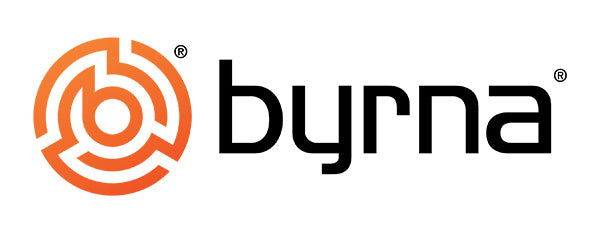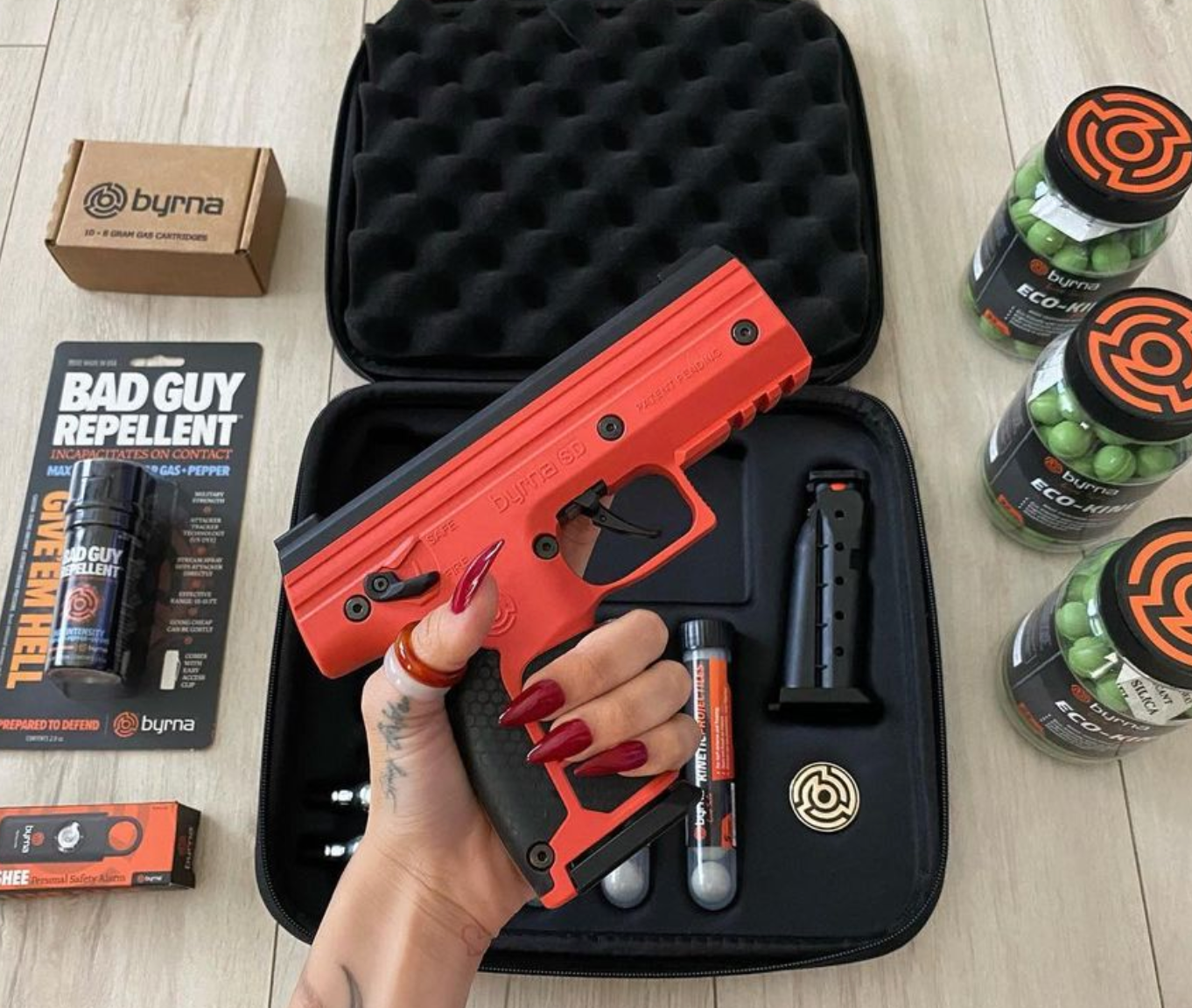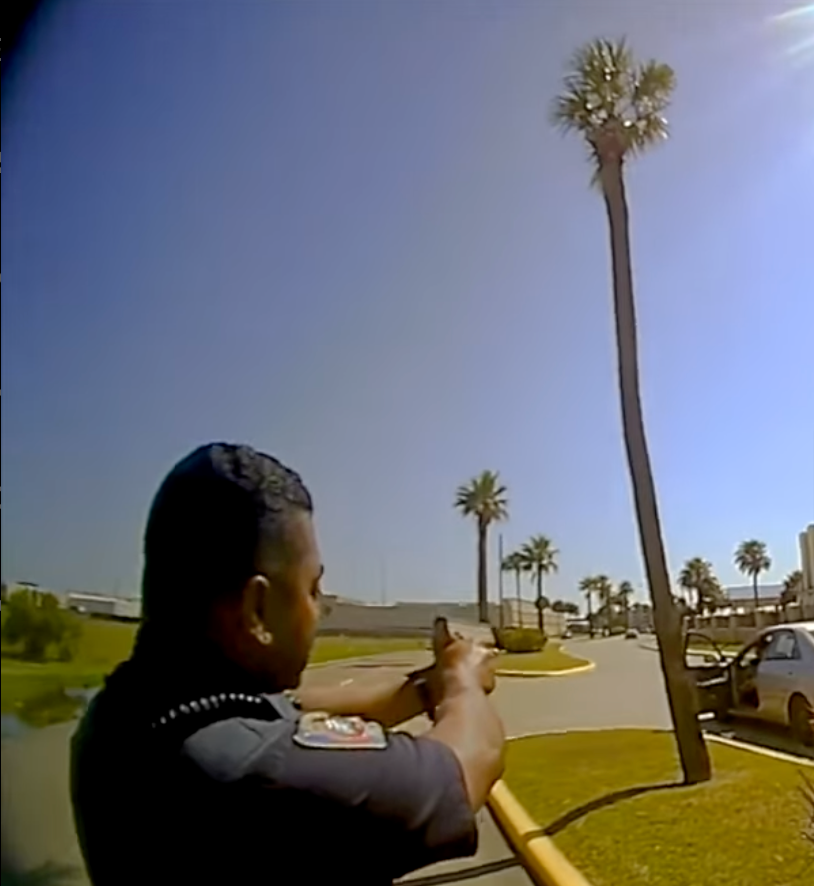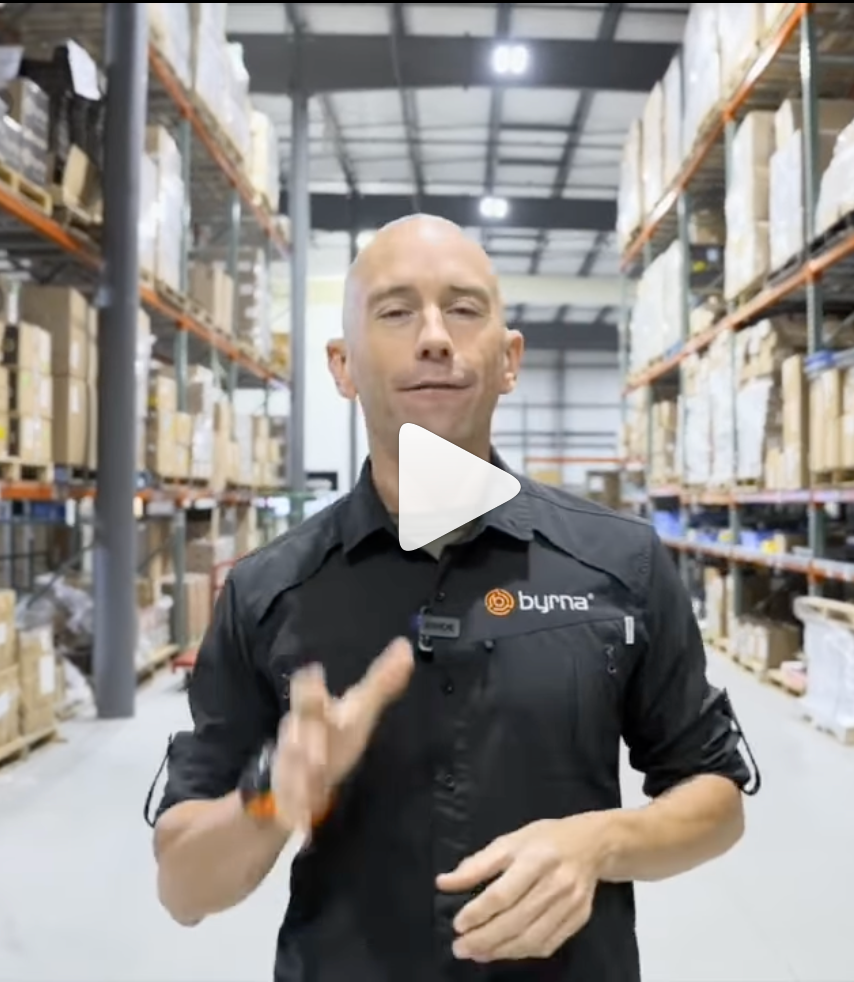
Over four million Canadians use public transit every day, and each trip gives you opportunities to stay safe when you're aware and prepared. Canada's transit systems are some of the safest in the world. But the decisions you make and the habits you build can make every trip even safer.
Transit safety is mostly about taking personal responsibility for your own safety. When you pay attention to what's going on around you and stay aware of your surroundings, you're already doing a lot to keep yourself safe. Even small actions you take can stop situations from getting worse or dangerous.
You can protect yourself with three main strategies - building strong personal safety habits, staying aware of your surroundings, and understanding community standards.
The first step to staying safe on transit starts before you even get on your bus or train.
Table of Contents
Stay Safe at Bus Stops and Crosswalks
The most dangerous part of your transit ride actually happens before you even step on the bus. You're in the most danger when you're crossing streets and waiting at stops. Most people never actually notice this part of their trip, though. That's when accidents usually happen because everyone's in a hurry and not paying enough attention.
You should always give yourself extra time to get to your stop. When you're in a rush, you usually make poor decisions. You might run across the street without looking or skip the crosswalk just to save thirty seconds. These shortcuts can put you in real danger. That thirty-second shortcut could send you to the emergency room. Drivers expect people to cross at certain places and in certain ways. When you don't cross where they expect, you're creating dangerous moments that nobody wants to deal with.
You should always use crosswalks whenever there's one nearby. Make sure to look drivers right in the eye before you cross. Don't just assume they see you because you can see them. Wave or nod to make sure they know you're there and about to cross. Put your phone away and take out your earbuds when you get near intersections. You need to be able to hear cars coming and stay aware of what's going on around you. That text message or song can wait until you're safely on the other side. Your messages aren't going anywhere.

Make sure to stand where drivers can actually see you at bus stops. Stand back from the curb and stay away from blind areas near parked cars. If you're waiting near a busy intersection during rush hour, you should step back even more from the corner so cars making turns can see you. When drivers can see you clearly, they have time to avoid you. Bus stops pack lots of people together in small areas. If you stand in the wrong place, you lose your safety buffer.
Construction zones around transit stops bring extra dangers. Workers, equipment, and different traffic patterns make these areas hard to predict. Everything tends to change from day to day in these zones. Take your time and follow any posted signs or directions from traffic controllers.
How to Stay Safe and Polite
Once you get on the bus or train, the way you move around and act matters to everyone's safety. Most Canadian transit systems want you to use the front door to get on and the rear door to get off - and most people do this without thinking about it. The whole system works because it lets everyone move in the same direction. Drivers know where passengers are going to be walking.
Always make sure to grab onto a pole or seat back when you're standing. Your driver might need to brake hard or take a sharp turn without giving you much warning. The floor can get slippery, too, especially in winter. Even people who ride transit every day can lose their balance from time to time.

The Transit Code that Canadian transit agencies use focuses on respect and politeness - and there's a reason for that. When passengers treat one another well, the whole bus or train car turns into a safer place. Small gestures like giving up your seat to older passengers or pregnant women show the kind of thoughtfulness that other people pick up on and start to copy. Being polite to others sets off a chain reaction that spreads through the whole vehicle. When one person does something nice, it makes others want to act the same way.
Personal space matters more than you might think. During rush hour, when everyone gets packed together like sardines, keep your belongings close to your body and try not to bump into people if you can help it. Rush hour changes everything about personal boundaries. Your backpack might hit someone in the face if you turn around too fast.
Keep your valuables safe and know where the emergency exits are. When you first get on, it's worth taking a quick look around so you can see the layout of the bus or train car. Most transit vehicles have a few ways to get out in case you need them. It only takes a few seconds to look around. But it can save you precious time if there's ever a real emergency. When you're aware of what your options are, you won't panic as much if you need to think fast under pressure.
The connection between being polite and staying safe is real. When people feel respected and comfortable, they pay more attention to what's going on around them instead of becoming wrapped up in arguments or feeling tense. A passenger who feels safe is more likely to speak up if they see something strange or help others when they need it. Stressed passengers become distracted passengers. Distracted passengers miss warning signs that other passengers would catch.
How to Be Seen in the Dark
When you take public transit after dark, you need to watch how dark it gets out there. The biggest problem you'll run into is that you can't see well, and neither can anyone else - the people riding the bus and the drivers struggle with this, too. You have to be able to see what's around you, and other people have to be able to see you, too.
In the winter, this gets even worse because it starts to get dark by late afternoon. You might leave work when it's still light out. The sun goes down much faster during winter than most people think it does. When sunset happens before 5 PM, your evening trip home turns into something completely different. If you don't keep track of when it gets dark, you'll end up stuck without any decent options right when you need them most.
Before you head out, wear something that has reflective strips or bright colors on it. A reflective vest might not look great - I know most people stay away from them because they're not exactly fashionable. But it's better than having a bus driver hit you because they couldn't see you crossing the street. If you want to keep it more low-key, small reflective accessories will work, too.
When you're at transit stops, try to stand near the brightest light available. Sometimes, that means you'll need to stand closer to a street lamp instead of in the actual bus shelter. If the lights in the shelter are broken, just move over to where drivers will be able to see you. Where you choose to stand decides whether you get picked up safely or have a dangerous mix-up. When drivers look for passengers, they need to be able to see you well. If you stand in the shadows, they'll struggle to spot you.

Always keep a small flashlight in your pocket or bag. You'll end up needing it more than you think, especially when you have to read schedules or go through areas that don't have enough lighting. Your phone's flashlight will work if you need it. But it drains your battery pretty fast - and you're going to need that battery to get home.
Cities across Canada have been trying to fix these problems by putting in better lights and having more security guards work the night hours. Edmonton and Calgary hire extra transit police to work at night now. The new Transit Code campaign has also been helping because it makes the safety laws at stations much clearer. But these improvements across the whole system are going to take years before they reach every single stop and station. You have to ride transit now while these upgrades are slowly happening. If you wait for everything to be perfect before you start being careful, you're taking risks you don't need to take.
Montreal has even brought back some laws that stop people from hanging around in the dark tunnel areas. These changes do help, though enforcement changes with where you are. Either way, you still have to make sure people can see you, and you're paying attention to what's around you after dark.
Keep Your Hands Clean and Safe
When you ride public transit, you're going to touch bars and poles whether you like it or not. That's just how it works when you need to stay balanced while the bus turns or the train stops. The best move you can make is to wash your hands as soon as you can after your trip ends.
If you wash your hands within minutes after you leave transit, you'll remove germs before they cause you problems. Your immune system gets a head start when you get rid of germs quickly. Most people usually wait until they get home. But when you wait those extra hours, it gives bacteria time to multiply on your skin.
If you can't get to a sink immediately, hand sanitizer works, too. Just make sure it has at least 60% alcohol content, or it won't work - anything less won't kill the germs you picked up. Keep a small bottle in your bag or pocket, so you always have it when you need it. You need to keep your hands away from your face while you're on transit. Every time you touch your nose or rub your eyes, you're pretty much letting germs into your body. It's actually harder than you think to stop doing this.

When you try to stop touching your face, it takes some real work at first. Your hands move toward your face dozens of times each day, and you don't even know it. If you train yourself to keep your hands away during transit, you'll protect the places where germs get into your body the easiest.
Canadian transit agencies have stepped up their cleaning in recent years. They disinfect bars and seats much more now, which helps everyone stay healthier. Still, you can't count on perfect timing between when someone sick touches a pole and when the cleaning crew gets to it. When you can, try to stand or sit near windows or doors. When fresh air moves around, it helps protect you from whatever germs other passengers are carrying. During flu season, this matters even more since closed-in spaces can trap germs.
When air moves around better, it spreads out the germs in the air so they don't all bunch up around you. If you stand near places where air comes in, you'll have cleaner air to breathe. Your lungs take in less of the bad germs when fresh air keeps moving through the space.
How Canada Makes Transit Safer
The Canadian Urban Transit Association created the Transit Code to make respect and courtesy part of the basic safety laws across the country. This nationwide campaign focuses on three main ideas that help make public transit safer for everyone.
These three ideas really change what happens during your everyday ride. Small acts like giving up priority seats to people who need them or making sure you don't block the aisles help keep everyone around you safer. Transit workers usually say there are fewer problems on routes where passengers are more polite and considerate to one another.
When you and other passengers use these courtesy tips, you're helping with general safety in ways you might not realize. When people are respectful to others, it cuts down on fights and arguments and makes the whole bus or train a calmer place where everyone feels safer.

Some serious accidents have also pushed the transit industry to improve how they build and run their vehicles. After the Humboldt Broncos tragedy, the government made it so highway buses needed seatbelts and started better training programs for drivers.
Transit services are also starting to use newer tech to keep people safer. Test programs are now trying out advanced cameras on school buses that monitor blind areas and help prevent accidents. Transit services are working on systems that can tell when a driver is getting too tired before something bad happens. Transit agencies across different provinces share information to help these safety improvements spread faster.
The Road Safety Strategy 2025 shows how committed Canada is about keeping people safe when they travel. Even though this plan mostly focuses on road safety, it also influences how transit systems work on their own safety improvements.
Build Safe Habits for Your Family
When you build safer transit habits, you're just making smart choices part of your daily routine. The strategies we've talked about work together to give you multiple layers of protection, from staying alert at stops to keeping strong hygiene practices when you're on board. What I find helpful about these approaches is how they become automatic over time. What feels like extra work initially turns into natural instincts that keep you safer without you even thinking about it.
These habits will become second nature within just a few weeks of practice. Once you have these automatic reactions in place, they'll save you mental energy during stressful situations. Your brain can process threats much faster when you have strong habits to guide you. This kind of mental preparation gives you the confidence you need during unexpected moments on transit.
I've found that public transit is still one of the most reliable ways to get around in Canada. When you stay aware of your surroundings, you're just adding another level of protection to an already safe system. The stats back this up across big cities. Of course, you always have other options like walking, cycling, or taking ride-sharing services when they fit your needs or comfort level better. These alternatives can be great depending on what's going on in your life. But they are just that - alternatives rather than stuff you need to do to stay safe.
When you practice these safety habits, you're also helping to create a culture where everyone feels more comfortable in these shared spaces. The Transit Code program shows how much Canada cares about making welcoming transit spaces. The actions each of us takes matter in bringing that vision to life.
Your actions affect the passengers around you. When you stay aware, other people see that, and they'll usually do the same. This starts a chain reaction that makes transit safer for everyone who uses it.

While we're talking about personal protection, it's worth mentioning that reliable backup options provide extra reassurance during your daily travels. At Byrna Canada, we offer less-lethal pistols, rifles, CO2 cartridges, and sirens that don't need any background checks and are legal in all provinces. We ship straight to your door with free shipping on launcher orders. Visit us at Byrna.ca to see our full lineup and stay protected.




